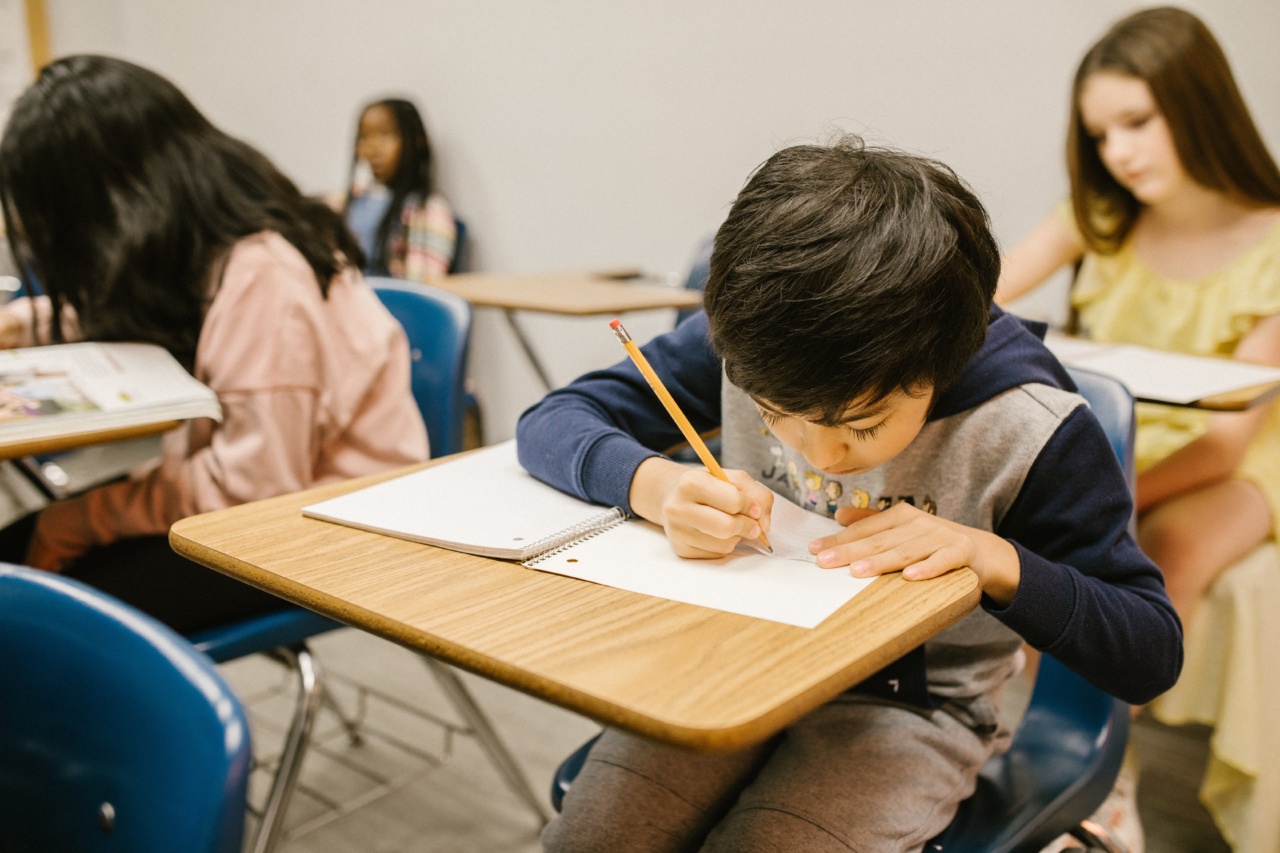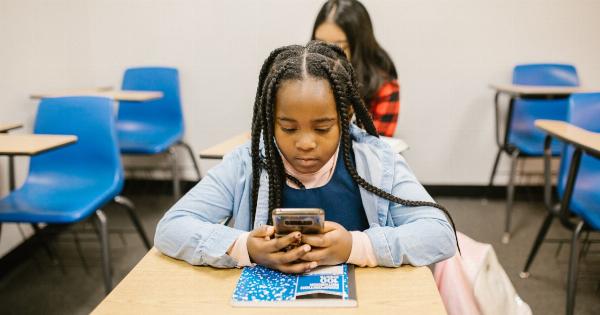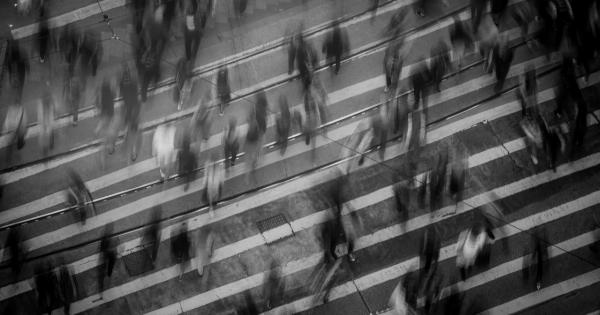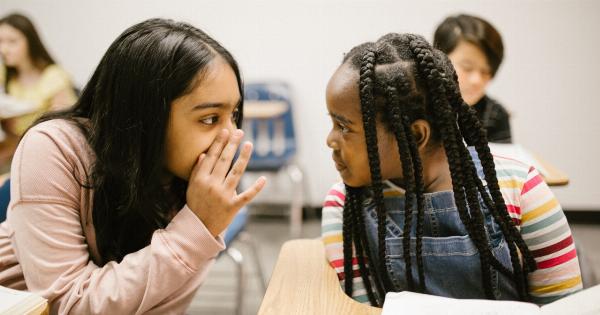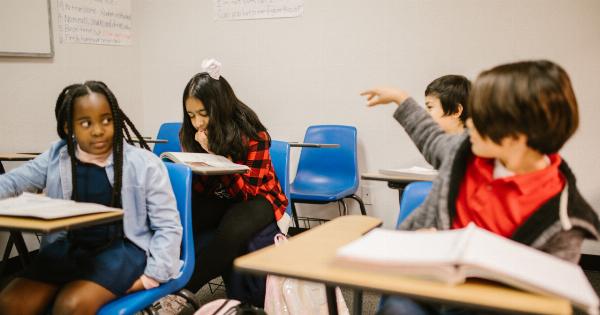Bullying is a common problem affecting children of all ages, races, and genders. It is a form of aggressive behavior that is intentional, repeated, and involves a power imbalance between the victim and the bully.
Bullying can occur in various forms, including verbal abuse, physical violence, social exclusion, and cyberbullying. The effects of bullying can be devastating, and they can last a lifetime.
The Types of Bullying
There are several types of bullying, including:.
- Verbal bullying: This involves the use of words to hurt, humiliate, or intimidate the victim.
- Physical bullying: This involves using physical force to cause harm or injury to the victim.
- Social bullying: This involves intentionally excluding the victim from groups, spreading rumors, or embarrassing them publicly.
- Cyberbullying: This involves using technology to harass, intimidate, or embarrass the victim online.
The Effects of Bullying
Bullying can have severe and long-lasting effects on the victim’s mental and physical health, as well as their social and academic well-being. Some of the possible effects of bullying include:.
- Depression: Victims of bullying are more likely to experience depression and other mood disorders. They may feel hopeless and powerless to stop the bullying, leading to a sense of helplessness and despair.
- Anxiety and PTSD: Bullying can lead to anxiety disorders, post-traumatic stress disorder (PTSD), and other mental health problems.
- Suicidal thoughts and behaviors: Victims of bullying are at higher risk of suicidal thoughts and behaviors, including suicide attempts.
- Low self-esteem: Bullying can damage the victim’s self-esteem and self-worth, leading to a negative self-image and difficulty forming healthy relationships with others.
- Social isolation: Victims of bullying may withdraw from social interactions, feeling rejected and unwanted by others. This can lead to social isolation and loneliness.
- Poor academic performance: Bullying can also affect the victim’s academic performance, leading to poor grades, absenteeism, and dropping out of school.
Preventing Bullying
Preventing bullying is essential to protecting children from its long-term effects. Here are some ways to prevent bullying:.
- School-wide anti-bullying programs: Schools can adopt anti-bullying programs that teach students about the dangers of bullying and provide guidance on how to prevent and respond to it.
- Social and emotional learning: Social and emotional learning programs can help students develop empathy, emotional regulation, and conflict resolution skills that can reduce the risk of bullying behavior.
- Effective discipline: Schools can enforce clear and consistent consequences for bullying behavior to deter students from engaging in it.
- Parental involvement: Parents can play a critical role in preventing bullying by monitoring their children’s behavior, addressing any signs of bullying or aggression, and teaching them healthy ways to interact with others.
- Community involvement: Community members, including law enforcement officials and mental health professionals, can work together to prevent bullying and provide support to victims and their families.
Seeking Help
If you or someone you love is experiencing the effects of bullying, it is essential to seek help. Here are some resources that can provide support and assistance:.
- National Suicide Prevention Lifeline: Call 1-800-273-TALK (8255) for confidential support and resources for individuals experiencing suicidal thoughts or behaviors.
- National Bullying Prevention Center: Visit www.pacer.org/bullying for information and resources on bullying prevention and support for victims and their families.
- Mental health professionals: A mental health professional can provide counseling and support to individuals experiencing the effects of bullying.
Conclusion
Bullying is a serious problem that can have long-lasting effects on the victim’s mental, physical, and social well-being. It is essential to prevent and address bullying to protect children from its harmful effects.
Seeking help and support is crucial for individuals experiencing the effects of bullying. Together, we can work to create a safer, more compassionate world for all children.
